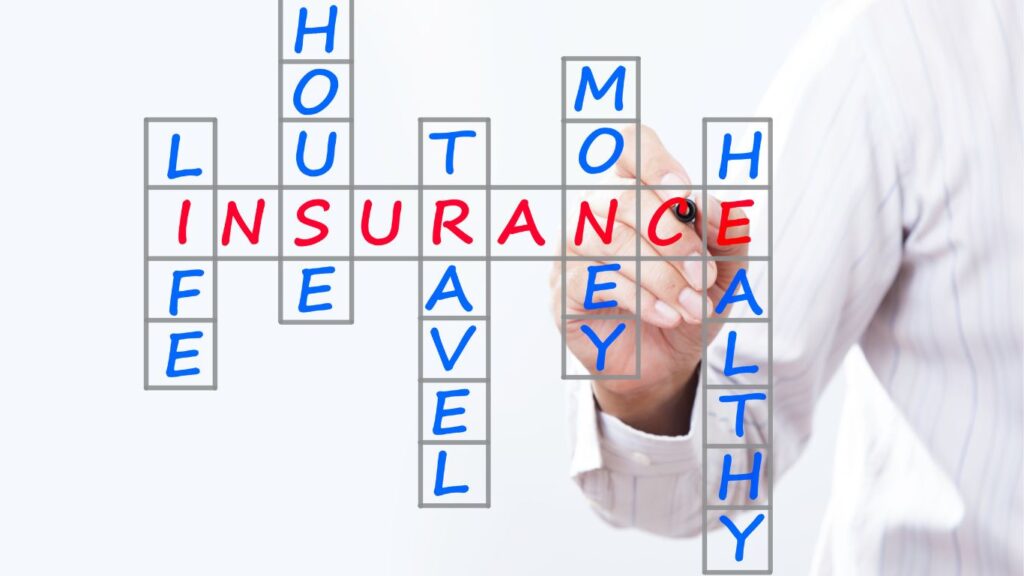
Certainly! There are several types of life insurance, each with its own features and benefits. Let’s explore them:
- Term Life Insurance:
- Pros:
- Affordability: Term life insurance is usually the least expensive option.
- Simplicity: Easy to understand and navigate.
- Fixed Premiums: Premiums remain constant during the term.
- Cons:
- Temporary Coverage: Expires after a specific period (e.g., 10, 20, or 30 years).
- No Cash Value: No savings component.
- Example: A healthy 30-year-old could get a 30-year term policy with a $500,000 death benefit for around $30 per month.
- Pros:
- Whole Life Insurance:
- Pros:
- Lifelong Coverage: Lasts your entire life.
- Cash Value: Builds cash value over time.
- Guaranteed Death Benefit: Provides a fixed payout to beneficiaries.
- Cons:
- Higher Cost: More expensive than term life.
- Less Flexibility: Fixed premiums and death benefit.
- Example: Traditional whole life insurance
- Pros:
- Universal Life Insurance:
- Pros:
- Flexibility: Adjust premiums and death benefit.
- Cash Value: Builds cash value.
- Cons:
- Complexity: Requires more monitoring.
- Risk: Investment performance affects cash value.
- Example: Universal life policies with adjustable premiums
- Pros:
- Variable Life Insurance:
- Pros:
- Investment Control: Choose how to invest cash value.
- Higher Upside Potential: Compared to whole life.
- Cons:
- Complexity: Requires active management.
- No Guaranteed Return: Unlike whole life.
- Example: Cash value invested in securities like mutual funds
- Pros:


